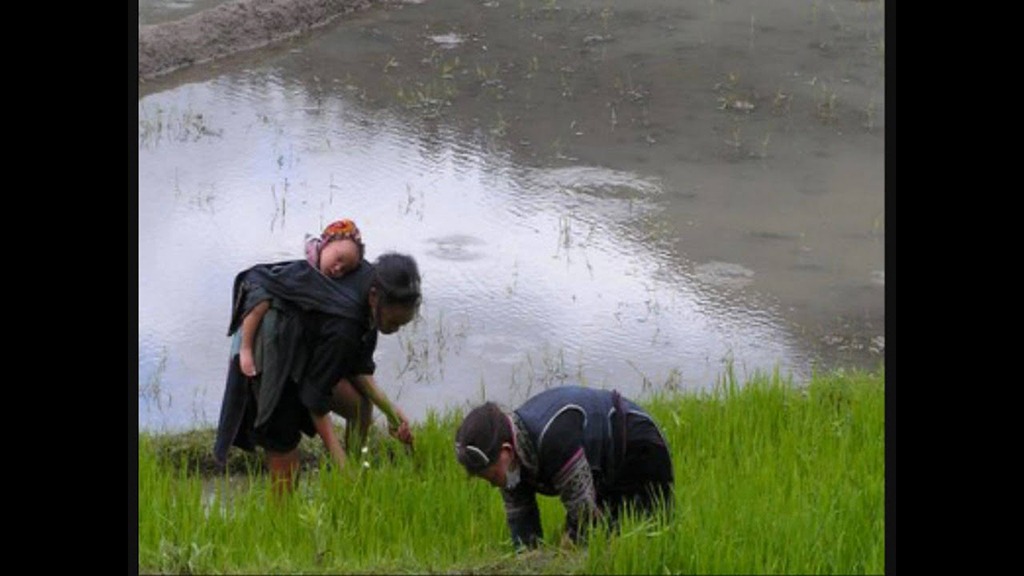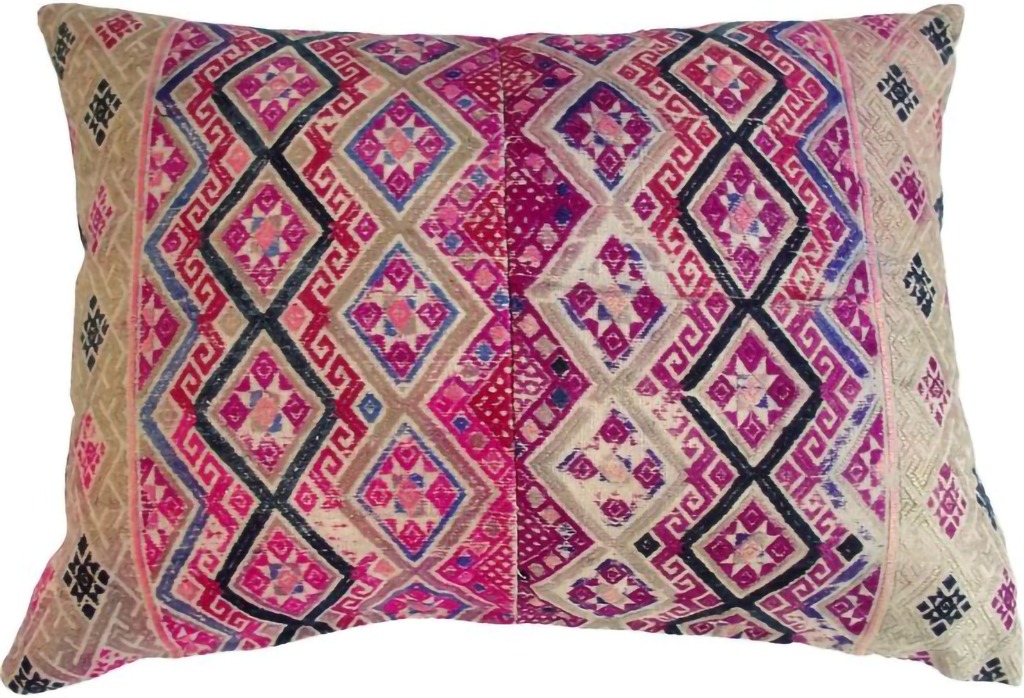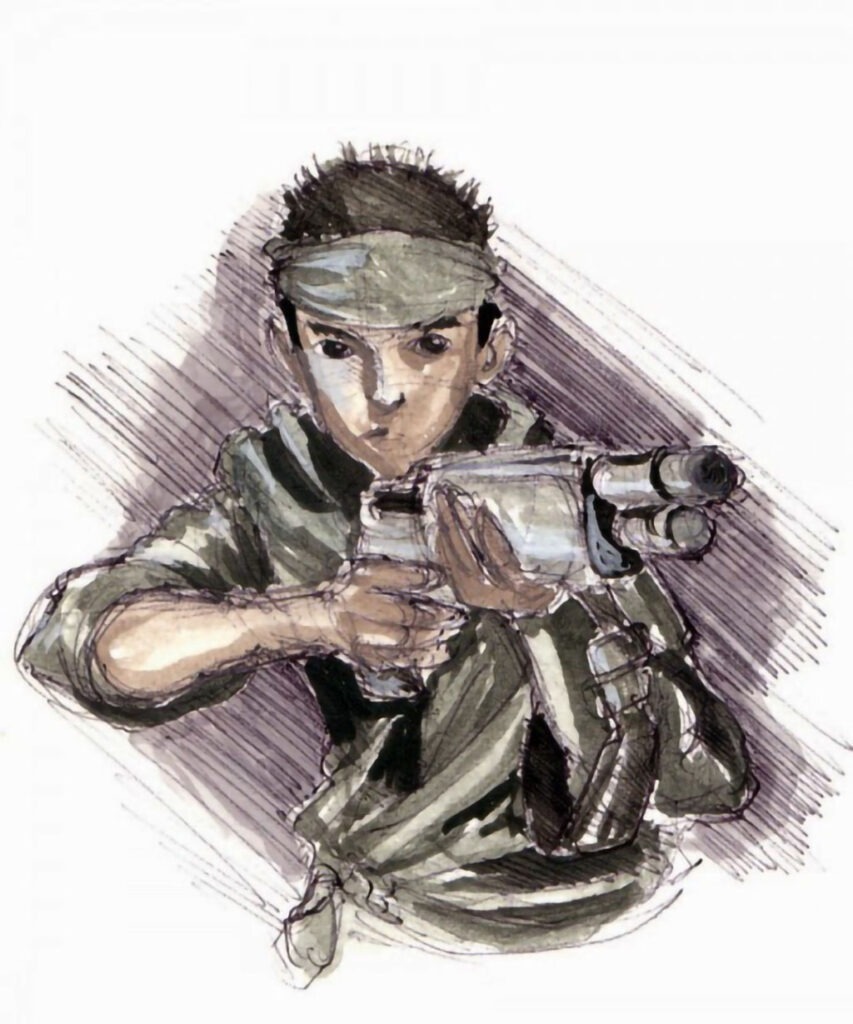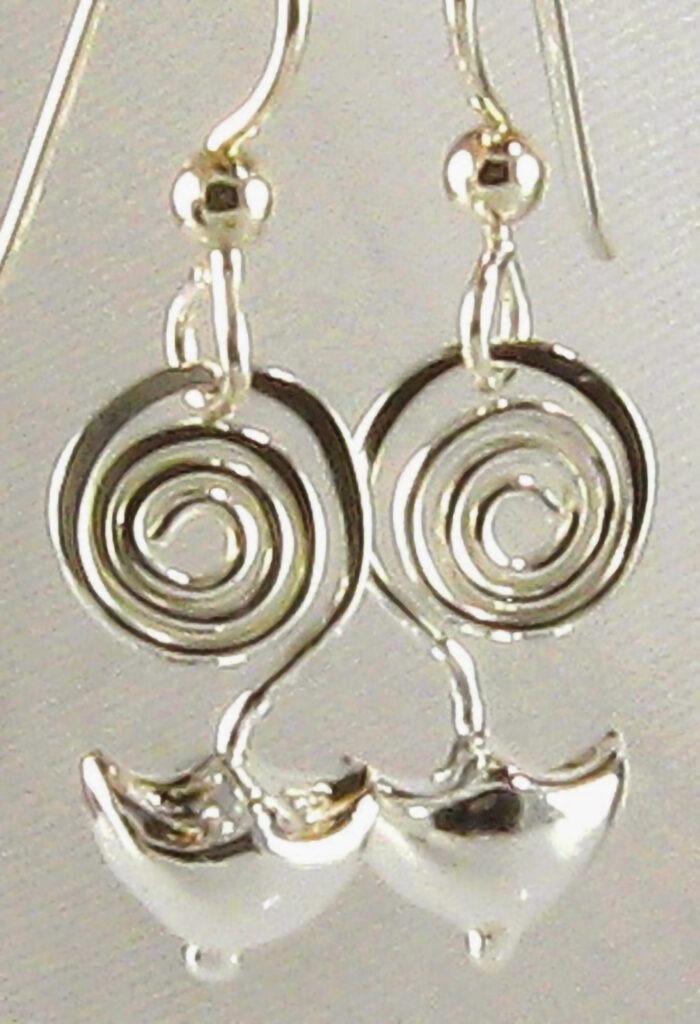
Hmong Are the Native American In The U.S and Chinese Are the American
Exploring Hmong Identity: Connections to Native Americans and Chinese History
Exploring Hmong Heritage: Parallels with Native Americans – Delve into the rich history of the Hmong people, often likened to Native Americans in their resilience and deep cultural roots, tracing their origins in Asia long before modern Chinese civilizations emerged. Discover the unique identity and ancestral legacy of the Hmong as the “Asian Native Americans.”

Introduction
The Hmong people, often referred to as an indigenous group with deep historical roots in Asia, have sparked intriguing comparisons to Native Americans in the United States. A poignant online comment summarizes it perfectly: “Hmong are like the Native American in the U.S., and Chinese are the American.” But what lies beneath this metaphorical statement? Let’s take a journey through history, culture, and identity to uncover the truth.
Hmong Origins: A Deep Historical Connection
The Hmong people trace their lineage to ancient regions in China, predating the establishment of the Han Chinese civilization. Historical records and oral traditions reveal that the Hmong were among the earliest settlers in China, cultivating land and preserving unique cultural practices.
However, as Chinese dynasties expanded, the Hmong were pushed into remote mountainous areas, much like the displacement of Native Americans during the European colonization of the Americas. This struggle for land and identity underlines the resilience of the Hmong people.
A Parallel to Native Americans
The comparison between Hmong and Native Americans stems from their shared experiences of cultural marginalization, displacement, and survival. Both groups:
- Hold a deep spiritual connection to nature: Traditional Hmong beliefs center around animism, spirits, and ancestor worship, akin to many Native American tribes.
- Experienced historical displacement: Like Native Americans losing lands to settlers, the Hmong were driven to the mountains of Southeast Asia by dominant Chinese powers.
- Preserve oral traditions: Stories, songs, and rituals are key to passing down their history and maintaining cultural identity.
The analogy draws attention to their shared role as indigenous peoples fighting for cultural preservation in the face of historical erasure.
Were the Hmong the Creators of Chinese Culture?
One claim that has sparked debate is the idea that the Hmong were the “creators of Chinese culture.” While this remains a contested assertion, it speaks to the Hmong’s significant contributions to the early development of Chinese civilization. Artifacts, linguistic studies, and ancient agricultural techniques suggest that the Hmong were integral to shaping early Chinese society.
Bridging the Hmong and Native American Narrative
Understanding the Hmong as the “Asian version of Native Americans in China” provides a powerful lens through which we can explore global indigenous struggles. These parallels foster solidarity and shared understanding, reinforcing the importance of preserving cultural heritage worldwide.
Conclusion
The Hmong people’s history is a testament to their enduring spirit and profound cultural contributions. Drawing comparisons to Native Americans not only highlights their shared challenges but also emphasizes the universal importance of preserving indigenous identities. By acknowledging and celebrating these parallels, we foster a richer, more inclusive understanding of our world’s history.
References and Further Reading
- Hmong – Mongol? | Sclassmercedes 1 year ago | Www.Youtube.Com | Hmong are like the Native American in the U.S and Chinese are the American.





Responses